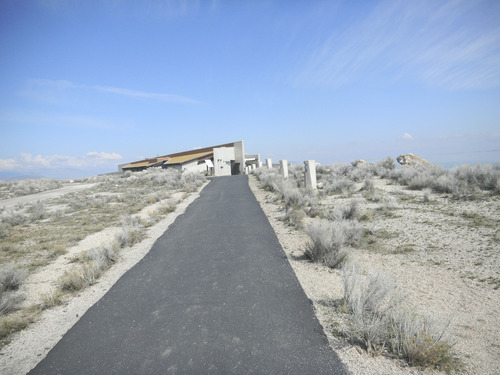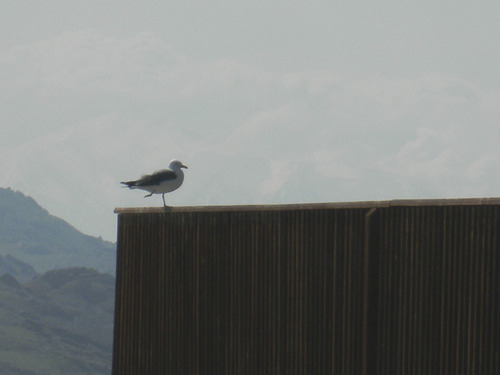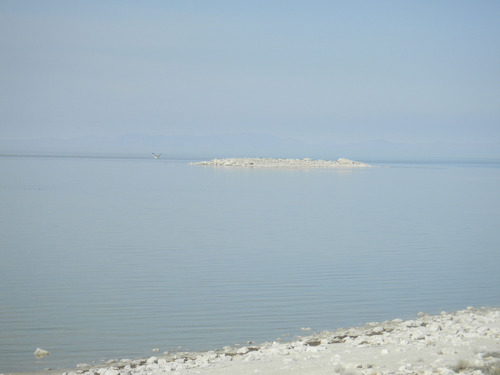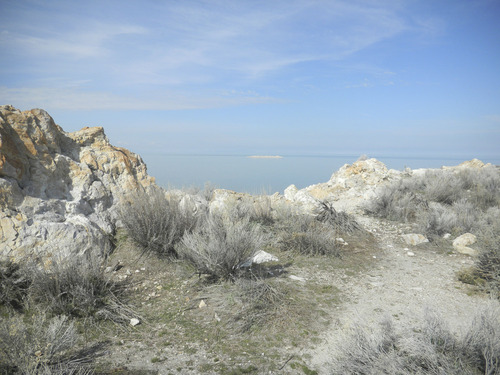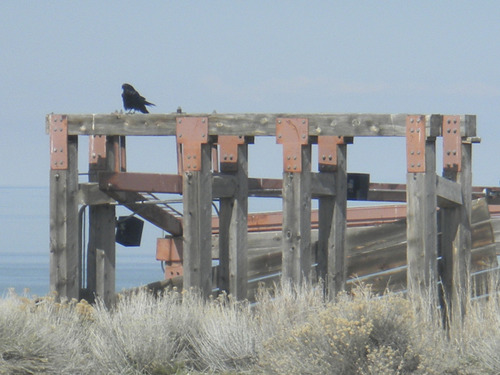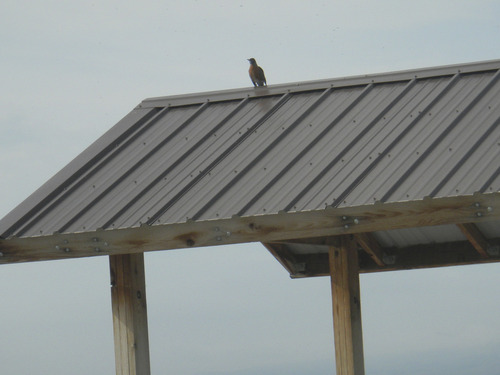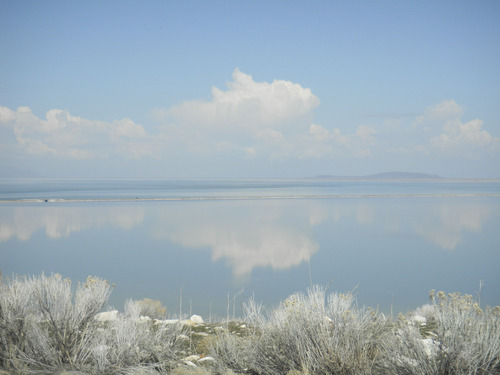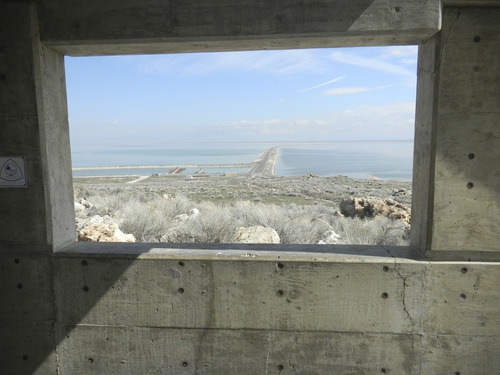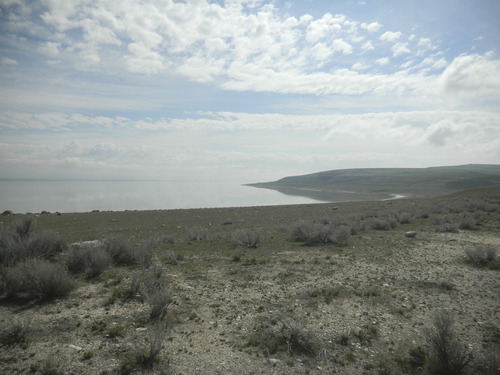This is an archived article that was published on sltrib.com in 2013, and information in the article may be outdated. It is provided only for personal research purposes and may not be reprinted.
Antelope Island • Having passed the Wal-Mart, strip malls, golf course and new housing developments along what was once farmland on either side of Antelope Drive, I stopped near the Antelope Island pay station to savor spring.
Putting Lucy the labradoodle on her leash and walking out into the morning as rain clouds, blue sky and sun performed their spring dance, I was greeted by a marsh symphony. The cries of killdeer, gulls and red-winged blackbirds filled the air. A big red-breasted robin perched on the roof of a picnic pavilion, almost as if to announce the change of season.
Driving across the causeway toward the island, I was tempted to stop. Hundreds of coots bobbed on the water that reflected clouds and mountains. Frary Peak seemed to appear and disappear in the clouds, almost as if part of a Sir Arthur Conan Doyle Sherlock Holmes novel about the British moorlands. But, knowing treasures and surprises awaited me, I kept driving.
Some view the Great Salt Lake as a smelly, bug-filled wasteland. I fear they don't know the place, with its grand vistas, subtle views, wildlife, colorful sunsets, history and millions of birds.
Robert Huntington of Salt Lake City is one person who does know Antelope, far better than I. As I pulled into my first parking lot so Lucy and I could explore Lady Finger Trail, his SUV drove up behind my truck. I noticed the license plate, BIRDNRD, and struck up a conversation.
He wore a weathered Great Salt Lake Bird Festival hat, a great horned owl feather sticking out the back. Huntington carried an electronic bird caller on his hip. He told me he was looking for a Bewiks wren, a hard-to-see little bird that nests in the nearby rocks nearly every year.
"I come out here at least once a week," said Huntington, who retired in 1991. "This place is quite unique. It's a catch basin for migratory water birds, right smack in the middle of the Pacific Flyway. It's a crucial lake for birds. And the Garr Ranch [on the southeast side of the island] is a landing place for small birds. It has the only big trees on the island."
Walking out on the trail, I became overwhelmed by the sound of keening gulls coming and going from Bird Island, a predator-free one-acre nesting island within sight. Three chukars scurried in front of me, as seemingly oblivious to the leashed Lucy and she was to them.
On the distant beach, I watched several wading Great Blue herons, no doubt looking for a meal of shrimp or brine-fly larvae.
Hopping back in the truck, it wasn't long before I saw my first bison, a pleasant surprise since many of the larger mammals on the island are busy giving birth in more remote places.
I made my way to the visitor center parking lot, where license plates from different states showed that the island hosts people from all over the world. A large black raven, one of my favorite birds, stood on a wooden structure. Inside, I learned that the lake level was at 4,196.8 feet on this day and that tundra swans, Canada geese and cormorants are in the neighborhood.
When I returned after a quick visit, the parking lot was filled with noisy visitors, some speaking a language I didn't understand. They were excited and loud. Lucy, standing in the back seat of the truck, did not seem amused.
It wasn't long before the island offered me a major surprise. There, not 100 yards from the truck, skulked a big coyote, still in its winter coat. The fascinating critter, a symbol of wildness, moved warily, watching the cars watching it with a practiced detachment.
Moments after meeting a couple of nice tourists visiting from New Jersey on the Buffalo Point Trail, I viewed something a bit more disturbing. The good news is that it was my first antelope sighting. The bad news was that a young boy was running after it, an adult watching a few yards behind. The antelope did not seem amused. Neither was I.
I drove to the east side, where the grass was green, and herds of bison could be seen in the distance. The thrill here were the fluffy clouds and the tricks they played with the lake.
Leaving the island after a three-hour visit, I felt refreshed and excited.
Spring had officially come, at least for Lucy and me.
Twitter @tribtomwharton


